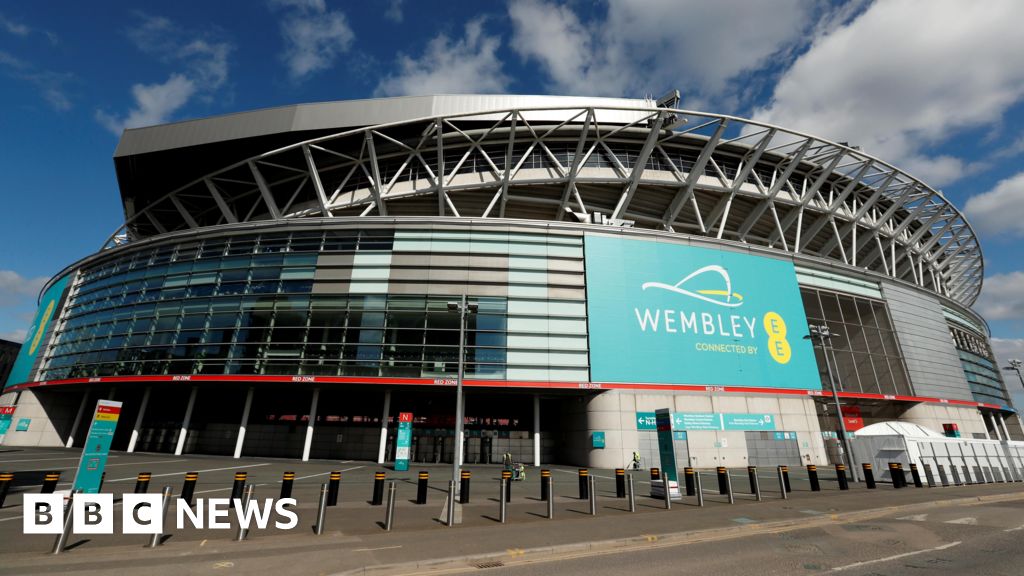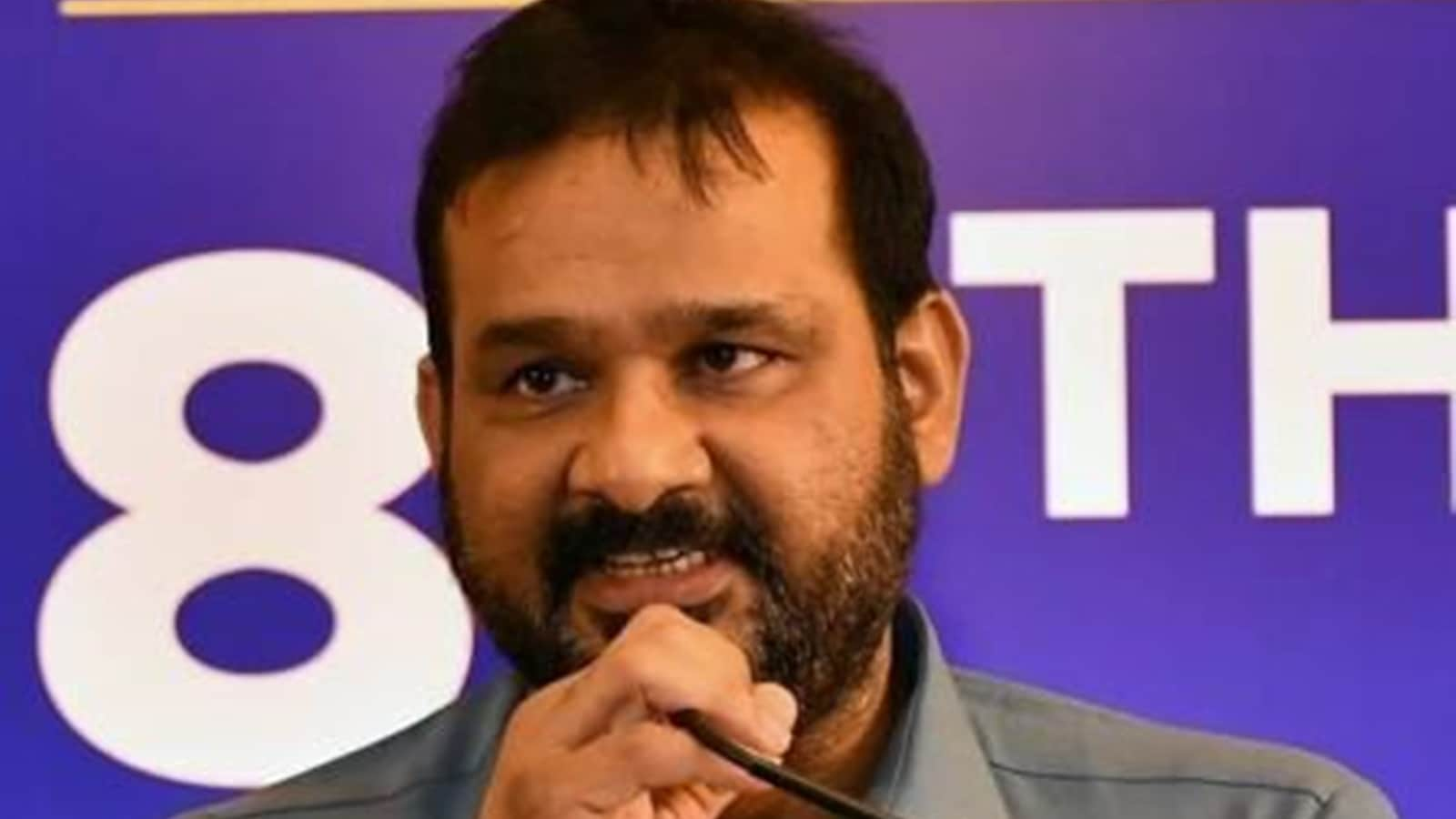Ambition, the English Premier League and the paradox of Wrexham AFC

A former executive with Inter Milan, DC United and Miami FC, he became the newest American voice attached to this strange and wonderful venture in the north-east of Wales when he was appointed the club’s chief executive last May – so the foundations of Wrexham’s success were laid well before he arrived. Rob McElhenney and chief executive Michael Williamson. Credit: Getty Images His job is to help build on them. Literally. When it next appears on your screens, the Racecourse Ground – the main setting for Welcome to Wrexham, the Disney+ documentary that has become a worldwide crossover hit – will be under construction. The Kop Stand is being expanded to 5500 seats, so for now, the whole stadium’s capacity will be just 10,500 – the smallest in the Championship. The club also does not have its own training facility. These are things Williamson is being tasked with figuring out. He is also mindful of what kind of cars will be parked outside, should their ascent up the English football ladder continue at the same pace, and the profiles within their dressing room go from honest, salt-of-the-earth toilers to millionaires draped in designer fashion.“If we’re in the Premier League, you’re going to have Bentleys and Ferraris and Lambos [Lamborghinis] driving down Mold Road in Wrexham. And you can’t have a larger disconnect between what Wrexham the community is and that,” Williamson says. “We as a club need to understand what it is that we want to do and how we approach that. I think what’s most important for us up to this point, and will continue certainly into the Championship, is making sure that the players who do come into the mix understand the story behind Wrexham and who they’re playing for and why they should not just play for them, but want to win for that community. Wrexham AFC’s plans for a new Kop Stand at the Racecourse Ground. Credit: Getty Images “Understanding the storylines behind it, understanding the suffering, understanding some of the tragedy and hardship that community has faced, to be able to appreciate why people are coming out on a Saturday to watch you play and why it means so much to them. And if we’re able to at least do that, I think what we’ll find is the characters that we bring in that understand that will allow us to maintain that connection to the community. “And then it’s working with the community and saying: ‘OK, listen, it’s not the same as when we were in National League, so there needs to be some give and take here. But ultimately, we are going to be playing for you. And that’s the most important thing’.”So a “no dickheads″ policy on the transfer market is one part of the puzzle, as the club retools its squad for the Championship and braces itself for battles against rival teams with parachute payments from the Premier League. Wrexham are the only club in the 2025-26 campaign to have never reached England’s top level; after a couple of seasons of expectation, suddenly they are the underdog again. Some other pieces are in place: financially, Wrexham is already a powerhouse, generating more commercial revenue (broadcast rights aside) than five current Premier League clubs, Williamson says. The corporate interest sparked by Reynolds and McElhenney’s involvement, the Disney+ connection and their non-problematic backgrounds is on a level akin to being bought out by an industrial billionaire or nation-state sovereign fund, only without the moral baggage – though the club has recently brought in a minority investor, the Allyn family of New York, to bolster its capital base. Fans of rival clubs in England’s lower leagues – and the usual greying football cynics from throughout the world, plus anyone who has grown tired of Reynolds’ particular schtick and knowingly snarky brand of humour – often struggle with the Wrexham project. Some allege they are engaging in the same “financial doping” that is ruining the game at higher levels, albeit in a different way. Others cringe at the notion of Wrexham being a “fairytale”, because they have spent so much money. Of course they should be shooting the lights out with those resources in those competitions, they argue. Prince William and Rob McElhenney at The Turf Pub – featured heavily in Welcome to Wrexham – last year. Credit: AP Williamson reckons most of that is barely disguised envy at the fact that Wrexham, the club and the city, have effectively won the ownership lottery, and are doing things the right way.“A lot of those quote unquote critics are really just supporters of other clubs,” Williamson says. “There is a consistent theme of referencing us as Disney FC. But I think at the core of it, people do respect what has been done here. We’re rooted to the community, and we’ve kept true to the core fan base and to the city of Wrexham. And we’ve raised commercial revenues through that process, but not through the normal means of charging more for ticket prices, as an example … not having a billionaire come in and just buy success, not passing that cost directly through to the consumer, but finding the right balance. There will always be cynics, but if you really want to look at it, this is something that I think is probably one of the best business approaches that you can find in football today.” Loading Pre-season tours like the one Wrexham are on right now, taking in Melbourne, Sydney and Wellington, are also part of the picture. Four million of the club’s social media followers are from this part of the world; if they can capture the essence of why an Australian would care about a club from an otherwise unremarkable working-class town in north-eastern Wales, and strengthen those emotional ties while they’re here, they might go halfway towards resolving the paradox that contributes to Williamson’s insomnia. There are no bona fide stars on Wrexham’s books, no household names in terms of playing talent, and the squad has just been playing in England’s unfashionable League One – and yet, a crowd of about 35,000 is expected on a Tuesday night at Allianz Stadium for their clash with Sydney FC.














